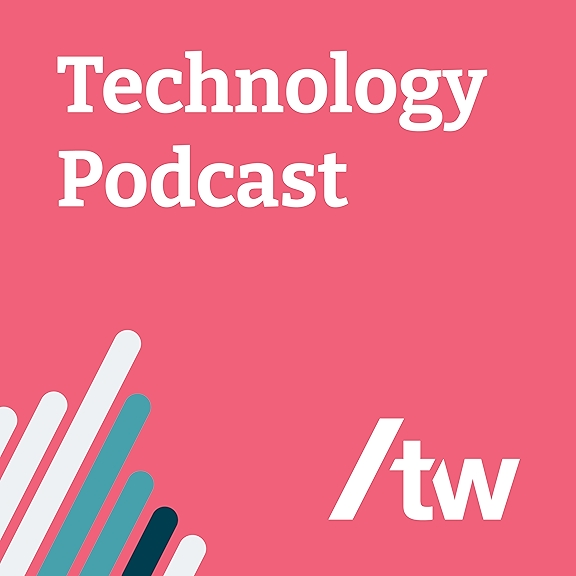
How can you set up your services to have technology support your data journey? How do you work with tech procurement? And what is the impact of Data Mesh, especially for data governance? How to evaluate which consumer need to satisfy first? How to prioritize what is important to create value?
I chatted with Bente Busch, who is leading the Service Platform Team at NAV, the Norwegian Labour and Welfare Administration.
Bente and her team are responsible for platform services for the product teams at NAV, the application platform, design toolbox, as well as good practice around digital product development.
Bente is driven by being a product director, helping the users of data to minimize their cognitive burden and deliver an attractive and easy to use service.
Modernization of digital systems and ways of working has been a priority for NAV. In the last 5 years they fundamentally changed the way they deliver projects and programs, by focusing on ongoing product-development. This was done in combination with breaking down technological one-size-fits-all suits, to a micro-service oriented architecture.
With that, NAV provides technology and systems tailored to the consumer-needs.
Here are some of my key takeaways:
- Good technological services can help foster a data culture.
- The goal is for the consumers and citizens to connect with public services easier, faster, and more user friendly.
- Framework agreements can help to liberate resources, gain agility, and tailor to specialized needs.
- Data analysis can help in procurement processes to ensure consistency and integrity in future needs.
- NAV views the consumer needs as digital products to be developed and design products that can be improved and changed if needed.
- Specific solutions that need to be tailored to provide best possible service to the consumer needs to be built, whilst more generic services can be based on "our-of-the-box" solutions.
- Open-source should be a stable part of the architecture, both usage of open-source libraries as well as solutions
- Data is moving in the same direction as software, to a more decentralized architecture.
- A network of actors and collaborators needs to agree and enforce governance in a distributed architecture.
- Technology can help to codify and automate Data Governance. "Lett å gjøre rett" - Easy to make the right decision.
- The data domains in NAV are building autonomous architectures. They are independent in their architectural decisions but need to account for their surroundings.
- NAV is inspired by "team topologies" to create "APIs" between teams.




















